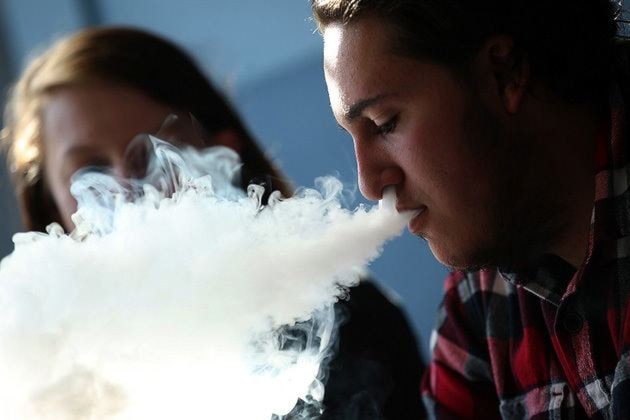East Kootenay teenagers are continuing to shun drugs and alcohol, as reported use has been falling for more than decade, says a recently released survey.
The East Kootenay Addiction Services Society (EKASS) released the 2017 East Kootenay Adolescent Drug Use Survey in May. The region-wide survey was first undertaken by the agency in 2002 and includes students in Grades 7 to 12 in the East Kootenay. The survey is conducted every two years to monitor changes in drug use patterns of East Kootenay adolescents.
In total, 3420 surveys from students representing 72.8 per cent of the registered student population were used for the analysis.
The results show the number of youths using substances has been falling for over a decade.
“By and large there are fewer students using drugs than we might have thought,” said Dean Nicholson, executive director of EKASS. “It lets people take a sigh of relief that things are not as bad as we anticipated.”
Nicholson said East Kootenay usage rates have been traditionally high but are now approaching provincial averages
“We know larger urban areas in B.C. tend to have slighter lower rates of substance use than the rural areas,” he said. “Rural areas often have higher rates of substance use, particularly alcohol and marijuana.”
In 2007, 71.3 per cent of teens said they’d used alcohol at least once in their lives compared to 58.4 per cent in 2017.
The marijuana use rate dropped slightly during that period from 36.2 per cent to 30.4 per cent of youth reporting having used marijuana at least once. Marijuana usage rates have been stable since 2011 and have hovered between 30 to 31.4 per cent.
Lifetime rates of tobacco use continue to decline and reached a new low with 25.1 per cent of youth
reporting have tried tobacco compared to 38.7 per cent in 2007.
However, e-cigarettes usage increased from 30.6 per cent in 2015 (the first year it was surveyed) to 35.1 per cent in 2017.
“More youth have tried e-cigarettes than regular tobacco,” said Nicholson.
The survey identified areas of concern; while the percentage of youths who report drinking and driving dropped by almost two thirds since 2007, the percentage who report using marijuana and driving has decreased by only a few percentage points.
Now, nearly twice as many Grade 12 students report driving after using marijuana than after drinking
alcohol.
Nicholson said he hopes the federal and provincial governments will use the data to create messaging to deter youth from driving after using marijuana.
The results of the survey are being sent out to all schools and community partners who work with youth.
“We want our region to be well informed with good solid data,” said Nicholson. “Oftentimes drug stories in the media are slanted or sensationalized. We wanted a better sense of what’s happening in our region.”
